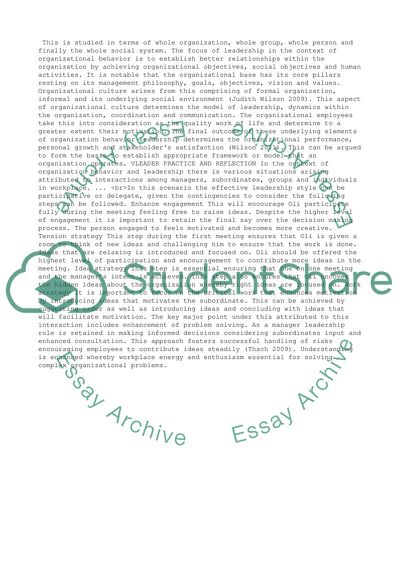Cite this document
(“Organizational Behaviour Leadership Essay Example | Topics and Well Written Essays - 4500 words”, n.d.)
Retrieved from https://studentshare.org/business/1404300-organisational-behaviour
Retrieved from https://studentshare.org/business/1404300-organisational-behaviour
(Organizational Behaviour Leadership Essay Example | Topics and Well Written Essays - 4500 Words)
https://studentshare.org/business/1404300-organisational-behaviour.
https://studentshare.org/business/1404300-organisational-behaviour.
“Organizational Behaviour Leadership Essay Example | Topics and Well Written Essays - 4500 Words”, n.d. https://studentshare.org/business/1404300-organisational-behaviour.


